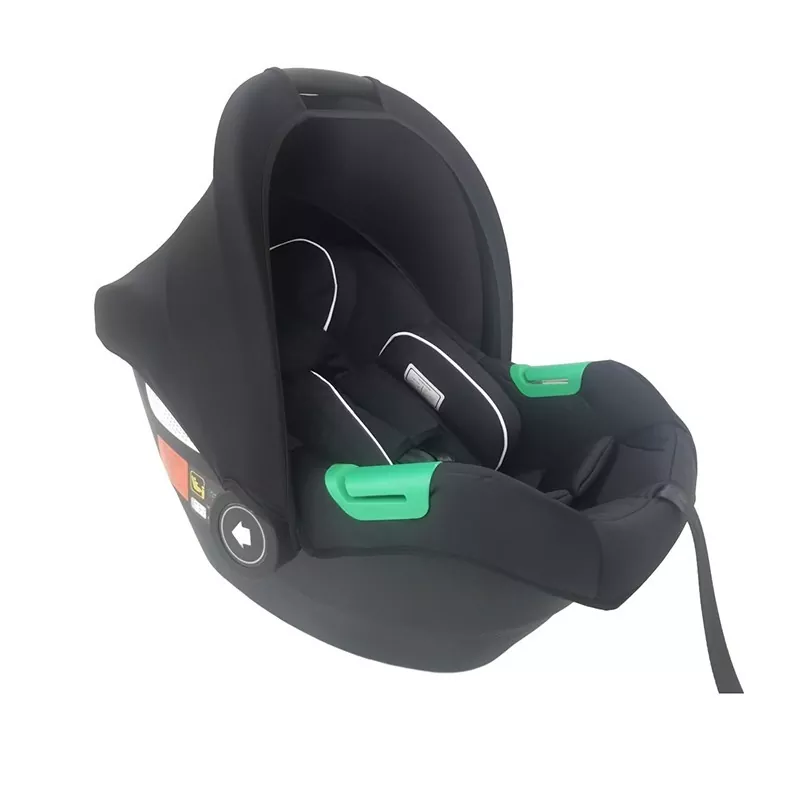Top 5 Baby Car Seat Safety Tips Every Parent Should Know
2024-12-11
Baby car seats are a lifesaver—literally—but only if used correctly. Studies show that many parents inadvertently make mistakes when installing or using these seats, putting their child’s safety at risk. Here are five essential safety tips to keep in mind:

1. Choose the Right Seat for Your Child
- Match the seat to your child’s age, weight, and height.
- Rear-facing seats are ideal for infants, while convertible and booster seats cater to older kids.
- Always check the manufacturer’s guidelines.
2. Proper Installation is Key
- Follow the car seat manual and your vehicle’s owner’s manual.
- Ensure the seat is tightly secured; it should not move more than an inch in any direction.
- Use the correct latching system or seatbelt for your specific car seat.
3. Rear-Facing for as Long as Possible
- The American Academy of Pediatrics recommends keeping children in rear-facing seats until at least age two or until they reach the maximum height and weight limit.
- Rear-facing seats provide superior protection for a baby’s head, neck, and spine.
4. Secure Straps and Harness Correctly
- The harness should be snug and positioned at or below the baby’s shoulders for rear-facing seats.
- The chest clip should rest at armpit level.
- Avoid bulky clothing that can interfere with proper strap adjustment.
5. Avoid Second-Hand Car Seats
- While second-hand seats may save money, they come with risks:
- Unknown history (e.g., has it been in an accident?).
- Missing parts or manuals.
- Expired certification (most car seats have a lifespan of 6-10 years).
Bonus Tip: Register Your Car Seat
- Registering your seat with the manufacturer ensures you’re informed of recalls or safety updates.
Conclusion
Using a baby car seat correctly can make all the difference in protecting your child during a car journey. By following these tips and staying informed, you’ll have peace of mind knowing your baby is as safe as possible. Safe travels!


